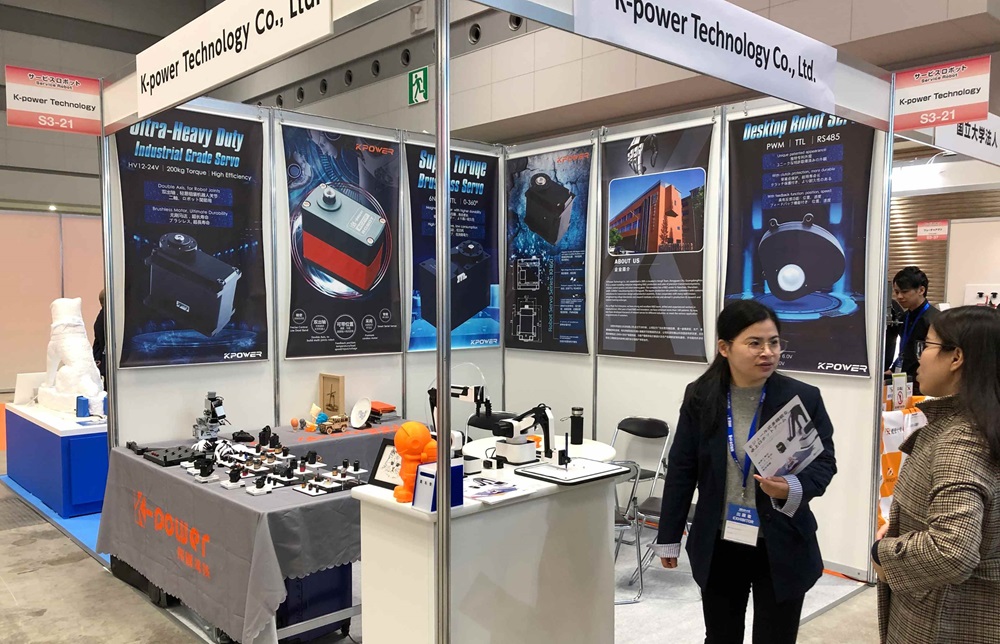Certainly! Here is the first part of the soft article on "Servo Motor Programming in Mitsubishi PLC."

Unlocking the Power of Servo Motors with Mitsubishi PLCs
In the world of industrial automation, achieving precise motion control is paramount. Servo motors have revolutionized manufacturing processes, allowing for ultra-accurate, responsive movements across various applications—from robotic arms and conveyor systems to CNC machinery. When combined with programmable logic controllers (PLCs), specifically Mitsubishi PLCs, servo motors become even more powerful. This synergy offers an integrated, flexible solution for complex automation tasks.
Why Choose Mitsubishi PLCs for Servo Control?
Mitsubishi's automation controllers, particularly their PLC series like the Q Series or FX Series, are renowned for robustness, scalability, and precise control capabilities. They support a variety of motion control functions, making them suitable for managing servo motors with high efficiency.
Some key advantages include:
Native support for position, speed, and torque control Robust communication protocols (EtherCAT, MELSECNET, CC-Link) Extensive library of motion control function blocks Compatibility with various servo drive units, including Mitsubishi's own MR-JE series
Understanding the Basics of Servo Motor Control
At its core, controlling a servo involves managing its position, velocity, and torque precisely. Typically, the motion control process is divided into three main phases:
Setup and Parameterization: Establishing the servo motor's operational parameters within the PLC system. Command Programming: Coding the commands for movement—whether position, speed, or torque mode. Feedback and Adjustment: Reading feedback from sensors (encoders) and adjusting commands to achieve desired performance.
Step 1: Selecting the Right Servo Drive and Motor
Before diving into programming, choosing compatible hardware is vital. Mitsubishi offers a comprehensive line of servo drives (like the MR-JE or MR-J4 series) and motors that support precise control. Ensure that your servo drive supports the communication protocol compatible with your PLC (such as Ethernet/IP or CC-Link).
Step 2: Establishing Communication
To enable the PLC and servo drive to "talk," establish a reliable communication link. This often involves setting up parameters within the drive and PLC, such as:
Network configuration: Assign IP addresses or node numbers Data linkage: Map input/output signals for control commands Parameter setup: Configure feedback resolution, current limits, and interlock conditions
Once the hardware and communication are in place, you can move on to programming.
Step 3: Programming the PLC for Servo Motor Control
Mitsubishi PLCs primarily offer ladder logic, structured text, or function block diagrams. For motion control, function blocks are often the most efficient and user-friendly.
The core elements involve:
Enabling the servo: Write ladder logic to power on and enable the drive. Setting target positions/speeds: Define desired positions or velocities through data registers. Starting and stopping motion: Implement commands that initiate movement and detect completion. Feedback handling: Read encoder feedback to verify position and make adjustments.
Basic Program Structure
An example process involves:
Initialization: Set parameters and enable servo Positioning: Command position move via function block Monitoring: Use feedback signals to confirm move completion Safety and errors: Incorporate fault detection and emergency stop logic
Sample Function Block Usage
Mitsubishi provides motion function blocks such as MSA (Motion Servo Action) or MSL (Motion Servo Launch). These blocks handle the detailed control commands, simplifying programming.
For instance:
// Pseudo code snippet IF Start_Command THEN MSA_Move( Axis_ID := 1, Target_Position := Desired_Pos, Velocity := Max_Speed, Acceleration := Acceleration_Rate, Deceleration := Deceleration_Rate, Done := D_Motion_Done, Fault := D_Motion_Fault ); END_IF
This code initiates a move command, with feedback processed to ensure correct execution.
Part 2 of the article will delve into advanced tuning techniques, real-world examples, troubleshooting, and best practices for maintaining optimal servo control in Mitsubishi PLC systems.
Established in 2005, Kpower has been dedicated to a professional compact motion unit manufacturer, headquartered in Dongguan, Guangdong Province, China.




































